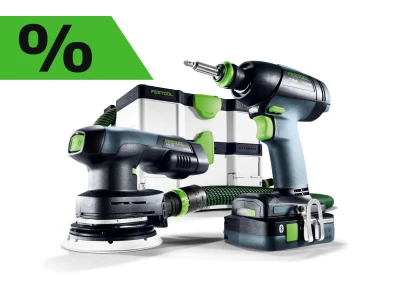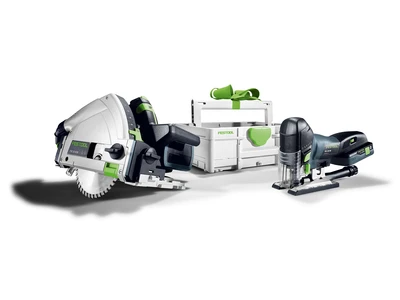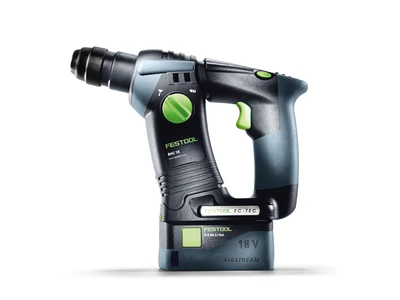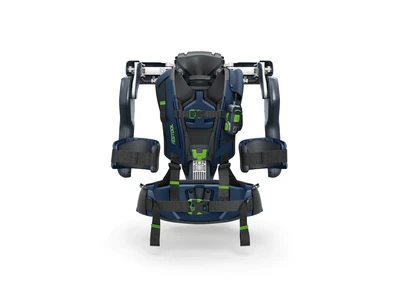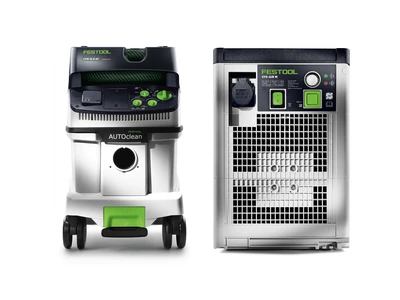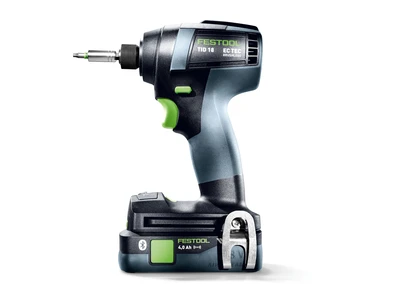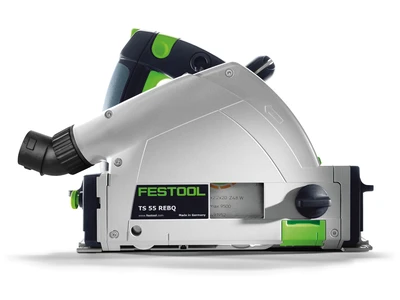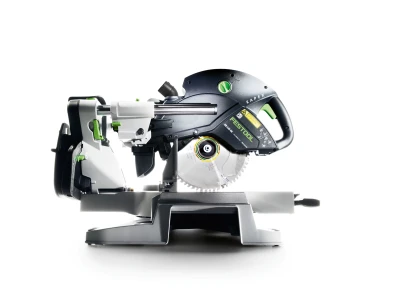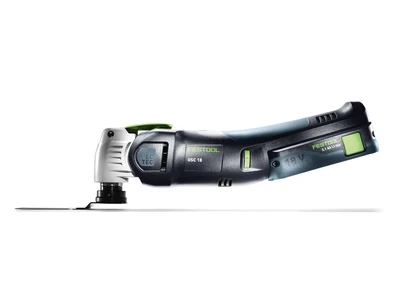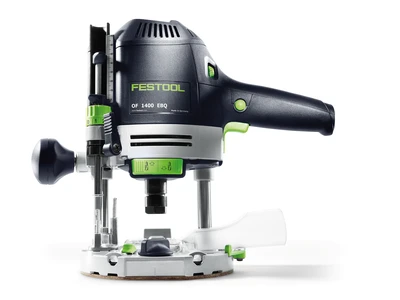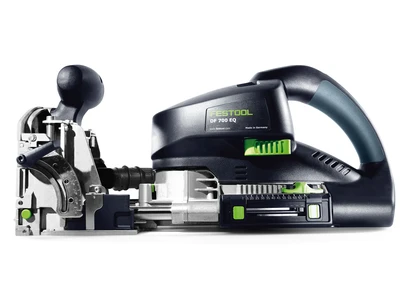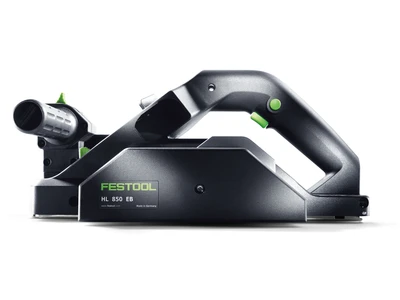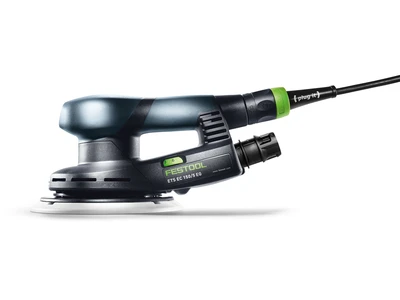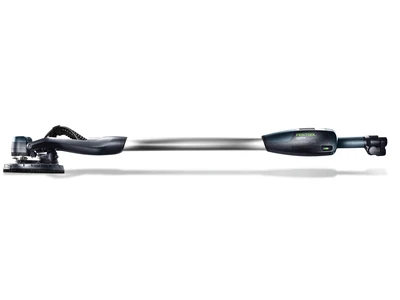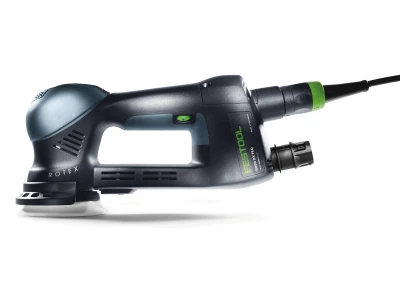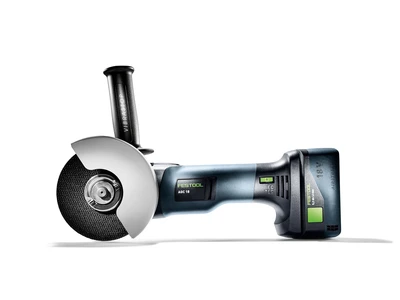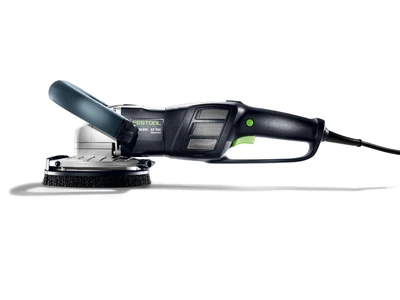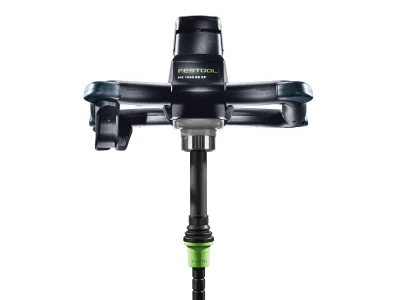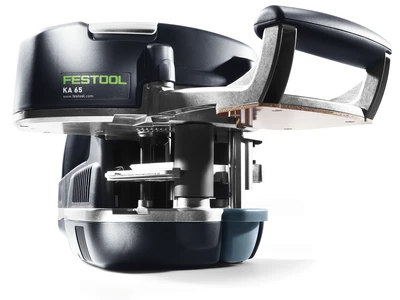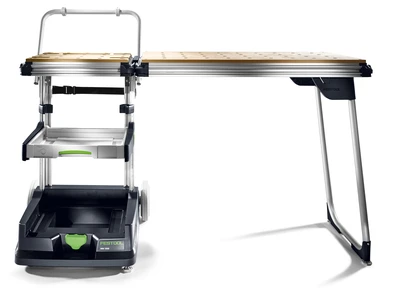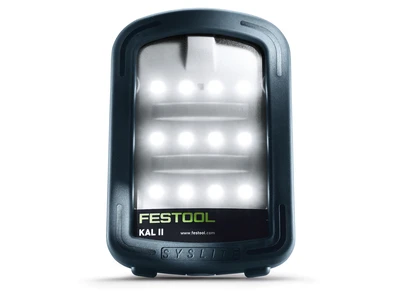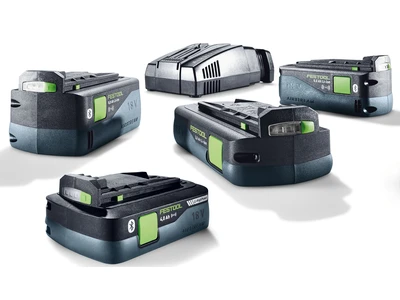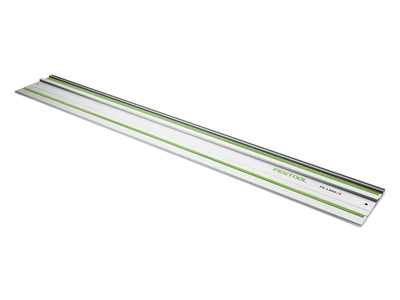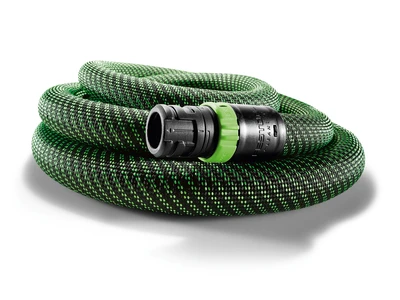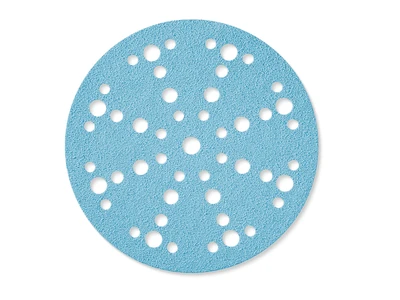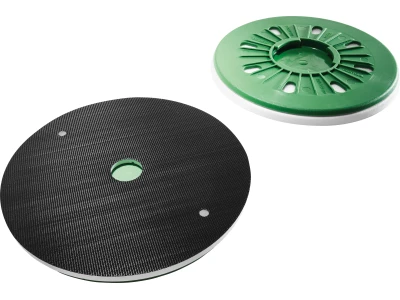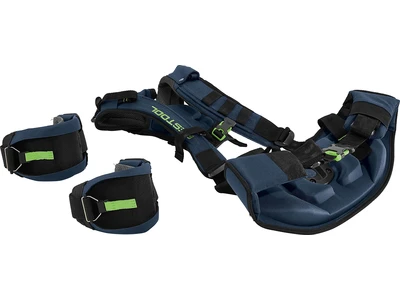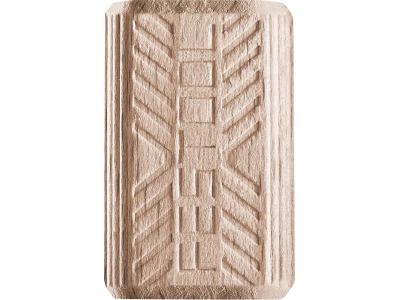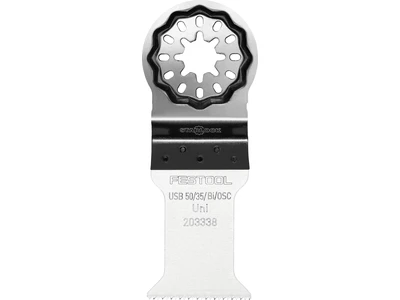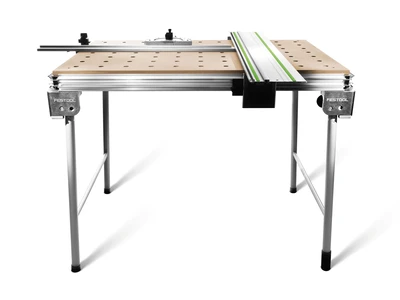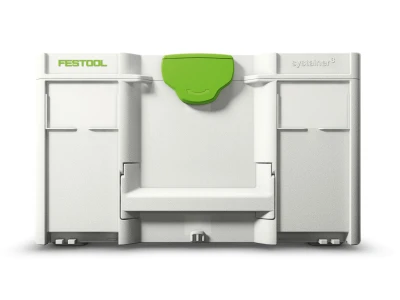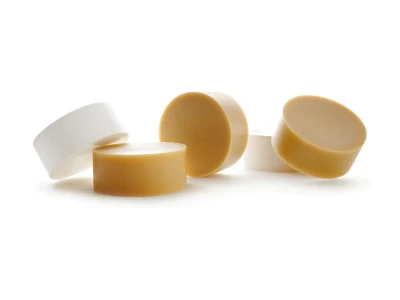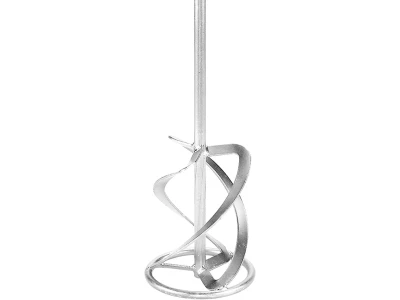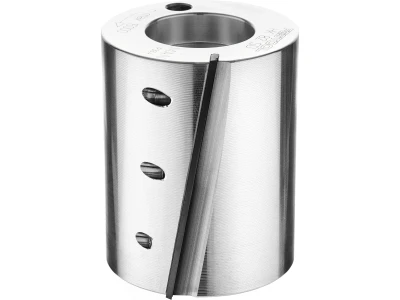
Mixing done right – a "how to" guide
Efficient and reliable mixing is the ideal basis for processing plaster and fillers
The importance of correctly mixing powdered materials is often underestimated. Philipp Stahl, master painter and application engineer at Festool, describes why this process in particular is so crucial. In particular, the combination of stirrer and stirring rod plays an important role in mixing and stirring, and should be individually tailored to the relevant material.
Painters encounter a multitude of different materials in their everyday working life: Various types of plaster, filler, paint, wallpaper paste, clear coat, reinforcement adhesive, varnish and two-component coating systems. As a rule, these materials each require a different choice of stirring rod. In everyday work, users often use the same stirrer rod for different materials. The result is that the materials are often mixed incorrectly. This could lead to the need for rework, additional costs or even to structural damage. What is particularly aggravating is that the material manufacturer's warranty could also be rendered void due to incorrect application. For the painter, this usually ends in substantial follow-up costs and potential compensation demands from the end customer. This risk can be easily avoided by simply using the correct stirrer, stirring rod and settings in accordance with the material manufacturer's specifications.
Of paramount importance: Surface preparation
In demanding work processes – such as laying floor coatings using epoxy resin or PUR – the material is made up of two components. During mixing, it is especially important to ensure that the quantities and proportion of components A and B are carefully and accurately balanced, that the timings specified by the manufacturer are complied with, and that the components are mixed properly. If this is not the case, damaged areas may form on the coating, and adhesion issues with the underlying surface may crop up. During mixing, we recommend referring to the component manufacturer's specifications on the designated data sheets and keeping exactly to the specified quantity proportions and mixing speed. "If the components are mixed at too high a speed, the mixture heats up faster. This means that the material sets too quickly, impairing adhesion with the underlying surface and reducing the processing time," explains master painter Stahl. He continues: "When using liquid resins, we recommend a so-called whisk, which ensures that the two components are mixed in the ideal way."

Firm fillers and plaster for walls
"To mix heavy and viscous materials such as mortar and plaster, we recommend a stirrer rod that is spiralled to the right with three spirals. It generates high shear forces, which means that the material is perfectly mixed from the bottom to the top. This ensures that all of the material is mixed evenly," describes Stahl.
For low-viscosity materials
To stir clear coats, dispersion adhesives, wallpaper paste as well as low-viscosity materials and pains, the application engineer recommends usingstirrer rod that is spiralled to the left, and that mixes the material from top to bottom while simultaneously preventing the material from spurting out. The round stirrer is equally well suited for liquid materials.
Self-levelling fillers
Painters are increasingly using self-levelling filler when it comes to flooring, in order to create an even underlying surface for the decorative floor coverings, laminate or prefabricated parquet which are to be added later. Mixing self-levelling filler incorrectly could cause it to form lumps. This results in a residue of dry material – usually at the bottom of the bucket. Using a classic stirrer rod that is spiralled to the right could also introduce an excessive amount of air into the material. This would result in the material not mixing into a homogeneous mass, even after long periods of stirring. This leads to damaged areas with some material remaining in powder form or air bubbles on the surface, which appear when too much air has been introduced to the mixture. "For this reason, we recommend using a suitable stirrer rod and ensuring that the speed and stirring duration remain in accordance with the manufacturer's specifications. For this particular job, we recommend using the whisk, since its special design lets hardly any air into the material and reliably forms a homogeneous mixture," explains Philipp Stahl.

It's all down to the perfect stirrer
For the majority of mixing materials – both in liquid and solid form – Festool recommends a stirrer with at least 1200 W power and two-gear transmission with variable speed settings for mixing lightweight and medium materials. "In addition to the speed regulation, thanks to the patented ErgoFix height adjustment feature, our stirrers can be individually and easily adapted to the height of the operator. This makes a natural, upright and effortless working position possible. At the same time, the ErgoFix adapter, with its classic M14 tool reception, makes it possible to quickly change stirrer rods (FastFix function) without the need for tools," Stahl adds. Heavy, compact materials should be stirred in first gear since the high torque means that the maximum stirring force is readily available. Meanwhile, liquid materials should be stirred in second gear at the appropriate speed (see manufacturer specifications). If the wattage of the available stirrer is too low, it requires a lot more effort to mix the material perfectly since the missing power often has to be compensated for with physical input. It can be concluded that correct mixing enables painters to achieve the desired working result as well as avoid unnecessary hassle and the consequent expensive rework.
Dust-free work starts with stirring and mixing
Festool has included an MX dust extractor in the scope of delivery for every stirrer. This means that you can stir and mix any material – with no dust. The MX dust extractor is simply clipped onto the edge of the mixing bucket. When the extractor is switched on, the dust disappears into the extractor when the mixing material is poured. This means that you no longer have to battle with clouds of dust while stirring. This protects the lungs of the user and leaves behind a clean working environment – all without any additional cleaning work.
Further information on our agitators also available via the application advisor.


Left-hand helical stirrer HS3L. For low viscosity materials such as gypsum plaster, emulsion paints, varnishes, wall paints.

CS whisk: For leveling and filling compounds, sealants, epoxy resin coatings, adhesives.

Right-handed spiral agitator HS2: for tough mixing materials; tile adhesive, joint compound, adhesive mortar, ready-mixed plaster, screed.

Right-handed spiral agitator HS3R: For heavy agitated material with high viscosity: mortar, concrete, cement and lime plaster.
1 / 1






